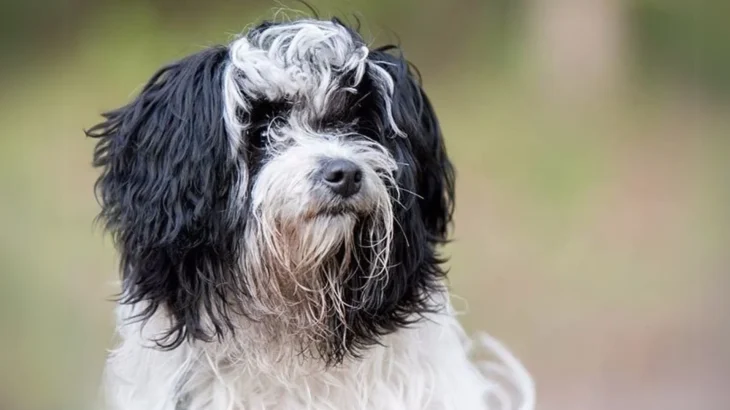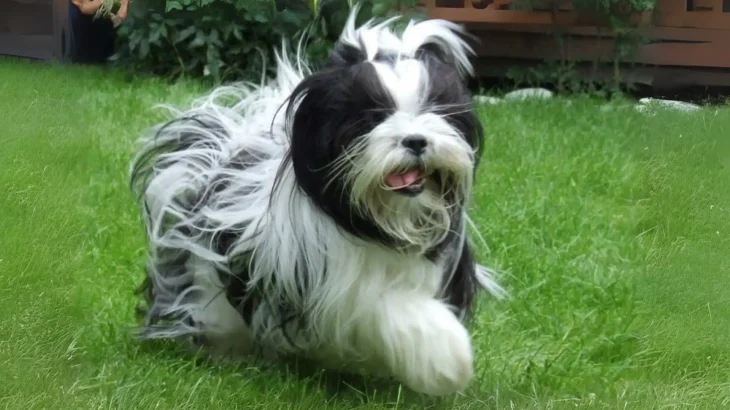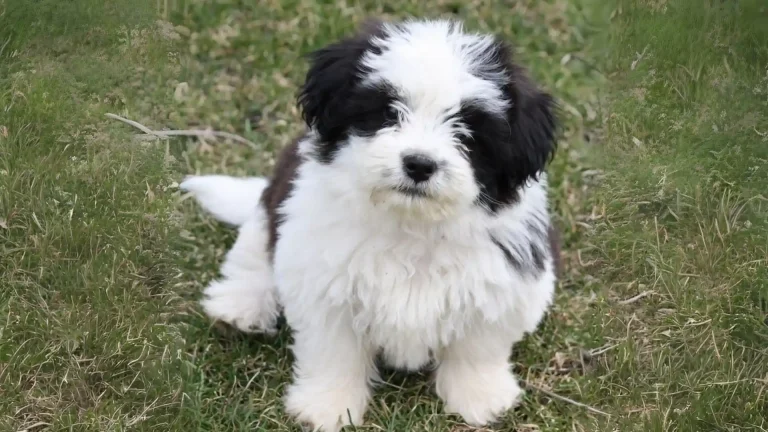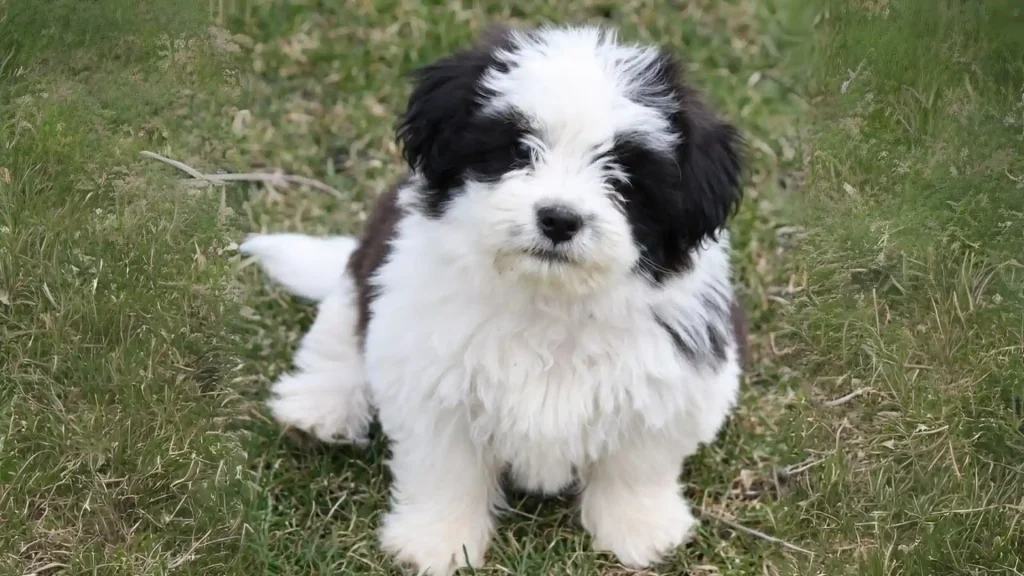Deciding whether to adopt or purchase a Kyi-Leo puppy involves weighing the certainty of the puppy's background against the joy of providing a home to a dog in need. Purchasing from a breeder usually offers thorough health and pedigree information, while adoption supports rescue efforts and may include dogs of different ages. Both options have unique benefits depending on your priorities.
Adoption vs. Breeder: Pros & Cons
| Criteria | Buying from Breeder | Adopting from Shelter/Rescue |
|---|---|---|
| Cost | Often higher, reflecting purebred status and breeder care. | Generally lower adoption fees, including vet care. |
| Health History | Typically detailed records and genetic screenings. | Health history may be limited; shelters perform basics. |
| Age Availability | Primarily puppies, allowing early bonding and training. | Varies; may include older puppies or adults. |
| Temperament Insight | Breeders provide info based on lineage and parent traits. | Shelters share behavioral notes; background often unknown. |
| Supporting Practices | Supports responsible breeding if breeder is ethical. | Promotes animal welfare by rehoming dogs in need. |
| Ethical Considerations | Choose breeders prioritizing health and welfare. | Helps reduce shelter overcrowding and puppy mill demand. |




















































